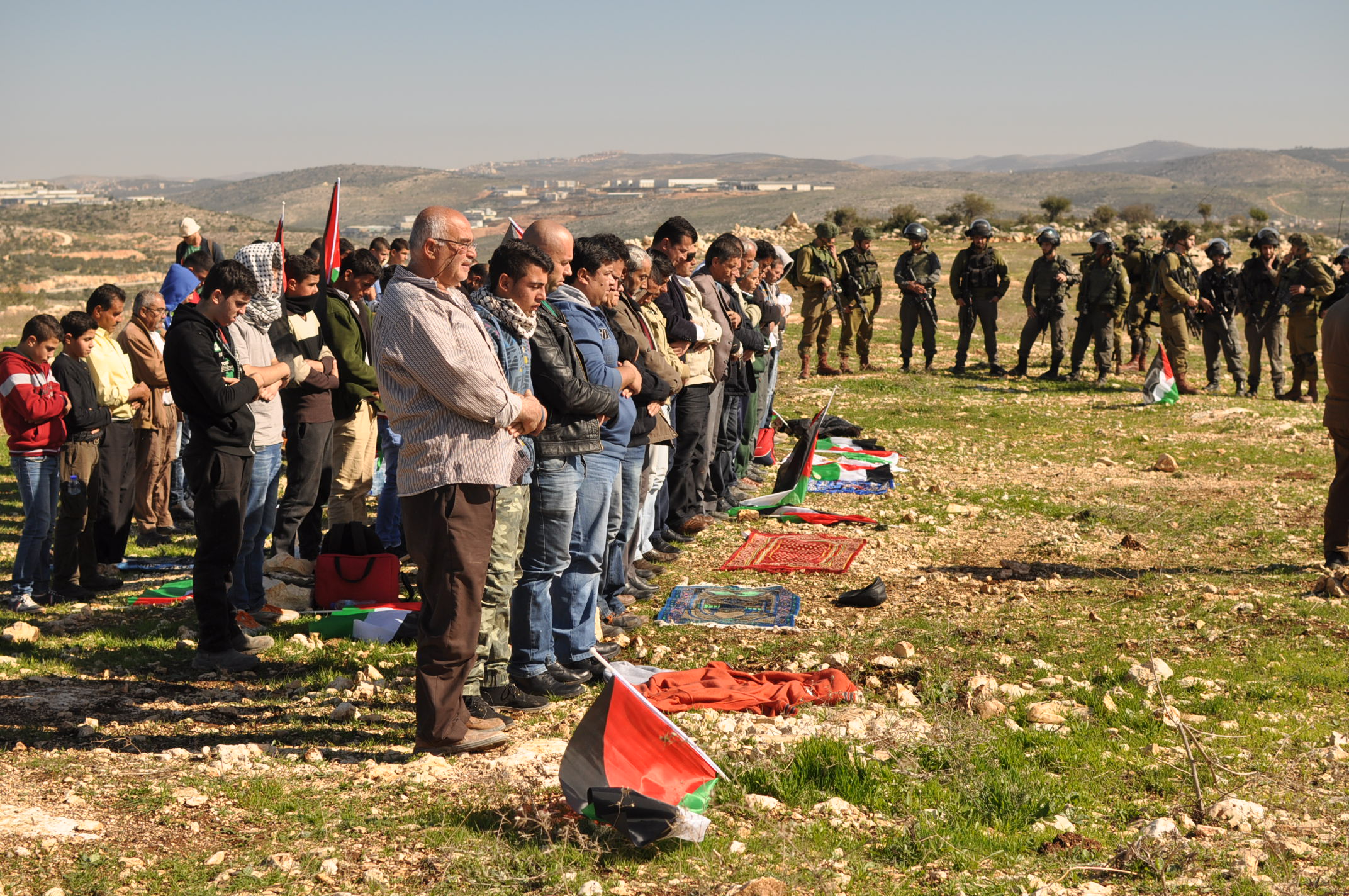Category: Nablus
-
Israeli forces take a next step in threatening 3 families from Deir Istyia.
December 9th, 2015 | International Solidarity Movement, Huwwara team | Deir Istyia, occupied Palestine In the end of November we told the story of three families, living in the outskirts of Deir Istyia who were under daily threats and harassment from the Israeli forces. Now the threatening from the IOF has reached another level for…
-
Israeli forces uproot trees and destroy greenhouses in Kafa district
8th of December 2015 | International Solidarity Movement, Tulkarm Team | Kafa district, occupied Palestine On Tuesday, Israeli forces entered the village of Kafa in the outskirts of occupied Tulkarm. Within a few hours, they uprooted over 150 olive trees, 30 lemon trees and demolished four greenhouses from the land of the Esmail family. Even…
-
Near Salfit, Palestinians try to save the last hill that is not yet occupied with a settlement
December 4th, 2015 | International Solidarity Movement with IWPS, Huwwara team | Kafr Addik, occupied Palestine On friday 4th of december, around 50 locals from the villages of Kafr Addik, Bruqin, Sarta and Biddya, in the Salfit governorate, gathered on a hill called Daher Sabbah, located between the four villages, in order to protest the…



